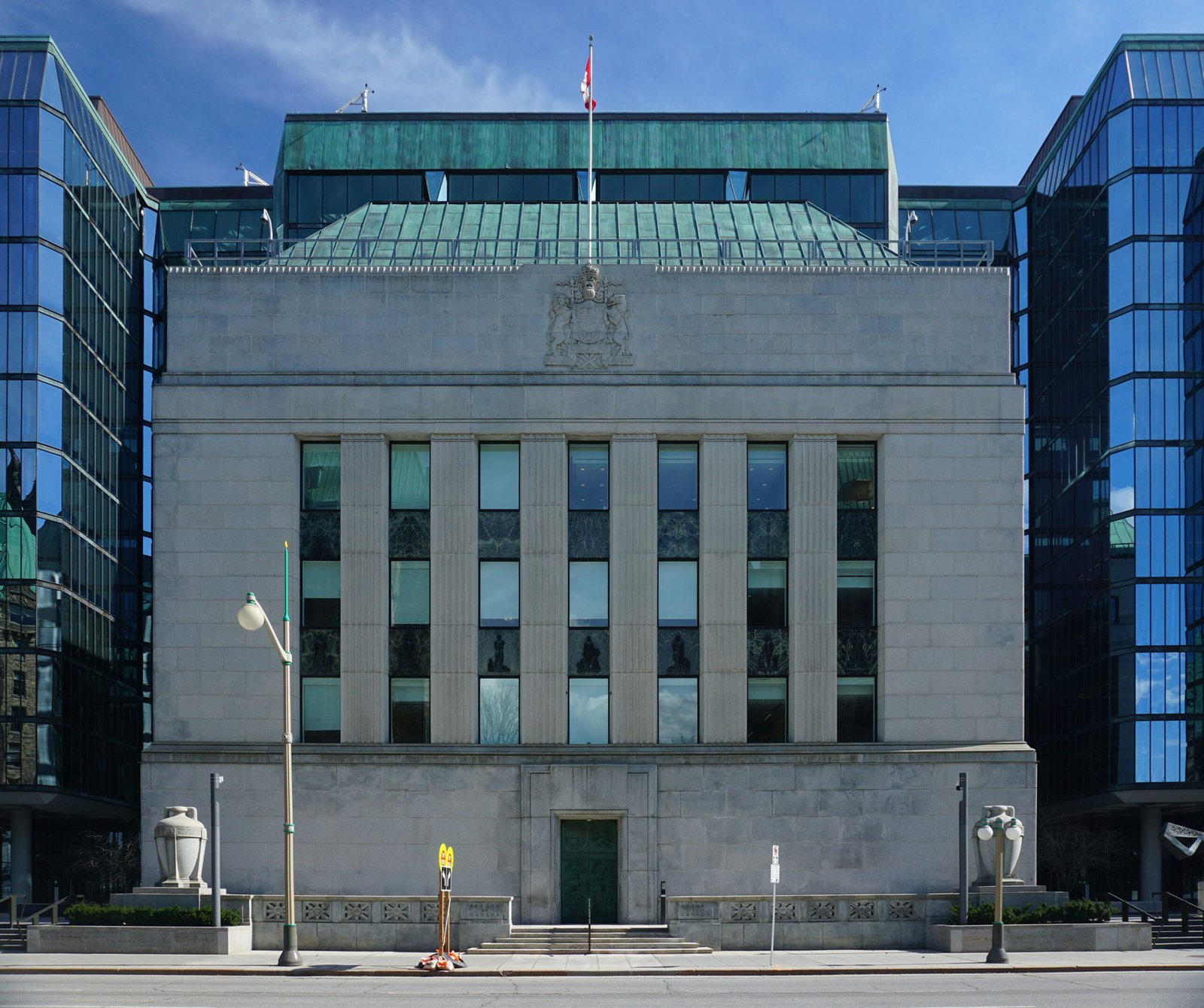The Bank of Canada is widely expected to maintain its benchmark interest rate at 2.75% during its upcoming June 2025 policy meeting. This cautious move reflects growing concern over stubborn core inflation and escalating trade tensions with the United States, two major forces currently shaping the country’s economic landscape.
Persistent Core Inflation Holds Back Rate Cuts
Despite a slowdown in domestic demand and an uptick in unemployment—currently hovering near 6.4%—core inflation remains elevated at 3.15%, according to Statistics Canada. This is above the BoC’s target range of 1% to 3%, forcing policymakers to tread carefully before implementing any rate reductions.
Economists suggest that although inflation has eased slightly from 2024 highs, the underlying price pressures, particularly in housing, energy, and food, continue to limit the central bank’s flexibility.
“While headline inflation is gradually cooling, core metrics remain sticky,” noted Avery Shenfeld, Chief Economist at CIBC. “This puts the Bank of Canada in a tricky position—it wants to stimulate growth but can’t afford to lose credibility on inflation control.”
Economic Growth Faces Pressure from U.S. Tariffs
Further complicating Canada’s economic outlook is a recent move by the United States to double tariffs on steel and aluminum imports, which took effect on June 1, 2025. These protectionist measures, spearheaded by the Trump administration, are designed to encourage domestic manufacturing but are likely to hurt Canadian exporters significantly.
Canada remains one of the largest suppliers of aluminum and steel to the U.S., and these new tariffs could disrupt supply chains, raise prices, and reduce profit margins for several Canadian industries.
Read more on this development from Reuters.
Government Response: Stimulus and Infrastructure Investment
In response to both inflation concerns and trade-related headwinds, Prime Minister Mark Carney’s administration is moving forward with a comprehensive stimulus strategy. The federal government has announced plans to accelerate infrastructure development projects across major urban centers, including updates to transportation and energy networks.
Finance Minister Chrystia Freeland confirmed that the new funding package will be “aimed at job creation and economic resilience,” especially in regions most affected by manufacturing slowdowns.
Will Interest Rate Cuts Come Later in 2025?
While the central bank is taking a wait-and-see approach for now, market analysts are betting that at least two interest rate cuts could occur by the end of 2025, should economic conditions soften further. The BoC has maintained that it will continue to monitor key economic indicators, particularly wage growth, consumer demand, and trade volumes.
For further updates, visit the Bank of Canada’s official news releases and insights from CTV News.
What This Means for Canadians
For consumers, a steady interest rate translates to no immediate change in mortgage or loan rates, although borrowing remains relatively expensive compared to pre-pandemic levels. Small businesses and manufacturers, especially those exporting to the U.S., may face greater financial strain unless compensatory measures are introduced.
In Summary:
- The BoC is expected to hold the interest rate at 2.75% this week.
- Core inflation at 3.15% is above target, delaying rate cuts.
- U.S. tariffs on Canadian aluminum and steel threaten economic stability.
- Government plans fiscal stimulus through infrastructure investments.
- Future rate cuts are possible but depend on inflation and trade data.
Conclusion
As Canada navigates through the twin challenges of elevated inflation and global trade disruptions, the Bank of Canada’s next moves will be crucial in defining the country’s economic trajectory in 2025. Both households and businesses should prepare for a continued period of economic uncertainty, with cautious optimism for relief in the latter half of the year.

